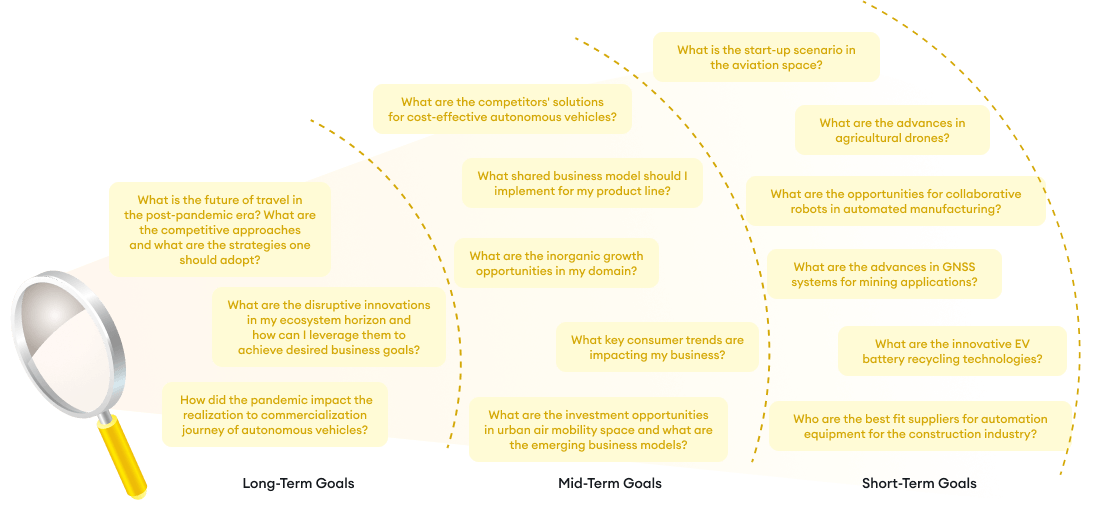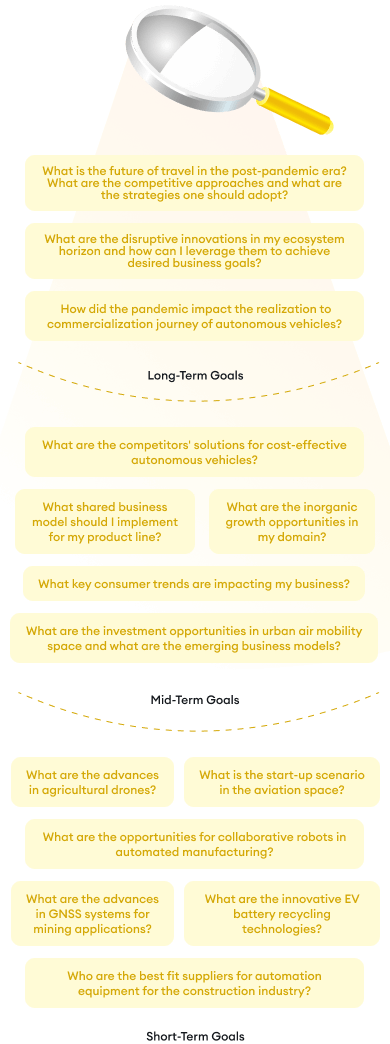Automotive
The future of the automotive industry is being shaped by key trends that are transforming the way we think about mobility and its impact on our lives and environment. Some of the trends that are influencing the automotive industry are autonomous vehicles, new-age fuels, EVs and HEVs, shared mobility, and advanced technologies. These trends are creating new opportunities and challenges for the industry, such as regulations, ethics, data, cyber security, emissions, costs, innovation, and customer preferences.
To succeed in this dynamic and competitive environment, the automotive industry needs to rethink its business models, products, innovation strategies, and partnerships with other business verticals, such as technology, energy, and transportation. The automotive industry is undergoing a radical transformation, and it needs to adapt and innovate to meet the evolving needs and expectations of the customers.







